Divisadero, Michael Ondaatje, 2007
We have art, Nietzsche said, so that we shall not be destroyed by the truth.
In this new novel, Ondaatje brings his skills as poet to the novel as never before. In an incredible 38 pages, Ondaatje creates a universe populated by three unrelated children raised by a single father on a farm near Petaluma and then blows that universe to smithereens. For most writers, this 38 pages would be a heavy, black slog of a several hundred page complete novel (see Larry McMurtry’s or Cormick McCarthy’s latest).
Petaluma 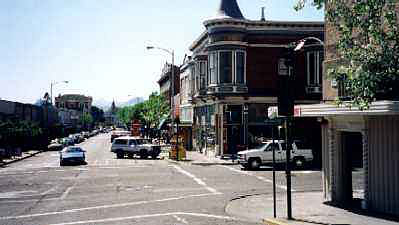
From this beginning, over the next 20 pages we follow the farm boy into the amazing world of card hustling in Santa Barbara county, Tahoe, and Las Vegas.
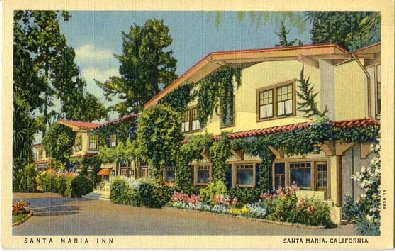
…Tolstoy was able to walk into a room that held a small group of people and understand everything about them in fifteen minutes…The only person in the room he could not understand was himself.
Lake Tahoe 
Followed by 35 pages in a French manoir, former home to an obscure French writer in the early 20th Century, now rented by the biological daughter of the Petaluma single Father, a French literature academic with a new name and identity. On the manoir she meets an older Roma man who grew up on the manoir, knew the French writer as a boy, and still lives in his caravan. They become lovers.
Gascony Manoir 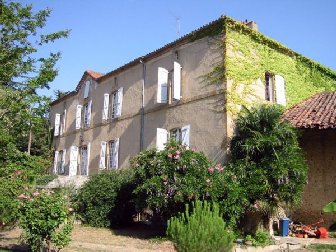
We take a short breather to catch up with the remaining girl who works in San Francisco as a researcher for a public defender and returns to Petaluma to visit her “father” every weekend. We then jump quickly back and forth between the stories.
The three of them…made up a three paneled Japanese screen, each one self sufficient, but revealing different qualities or tones when placed beside the other. Their lives, surely, remained linked wherever they were.
Suddenly we are dropped into France around the first world war, following the full arc of the obscure writer’s life, his mother, the young neighbors, the war, his children, his writings. This is the longest continuous part of the novel, a little over 100 pages.
But for Lucien, writing was a place of emergency. He wanted what he had done those first few times, without awareness, when the page was a pigeonnier flown into from all the realms one had traveled through. There had been the gathering then, the thrill of diversity. There was no judgment. He had not sought judgment when he began to write, but it had somehow become crucial to his life. When all he had wanted was to dance, with no purpose, with a cat.
All this in 273 pages.
In The Skin of a Lion, Michael Ondaatje, 1987
Coming into his own as a novelist utilizing uniquely poetic language, this novel is set in Ontario, mostly Toronto. Focusing on the anonymous laborers who built Toronto’s major public works projects, this novel leaves numerous unforgettable images.
Toronto Waterworks 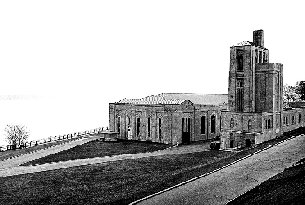
The Macedonian acrobat leaping off the Prince Edward Viaduct to take his place under the bridge, under construction in 1917 . (Writer H. S. Bhabra leaped to his death from this Viaduct in 2000.)
Five nuns walking on the unfinished bridge when one is swept off by a gust of wind, her body never found.
The self taught logging and mining dynamiter, passing his skills wordlessly to his son, Patrick, as he blows logs effortlessly out of river log jams.
The millionaire predatory developer who suddenly vanishes in 1919 with a million dollars in cash and his mistress an actress who is the only one to know where he is.
The dynamiter’ s son, Patrick who is paid to look for the developer and falls in love with the actress, loses her and goes to work on the lake Ontario water works tunnel in 1930 and later in the leather works.
Caravaggio the thief, and Hana as a young girl comfortable among the immigrant workers who will both reappear in The English Patient (Was Hana’s mother the missing nun?).
Patrick, turned anarchist bomber, after the death of Hana’s mother, swimming through the water intake of the waterworks with explosives strapped to his body.
This one in 244 pages.
The first sentence of every novel should be: “Trust me, this will take time but there is order here, very faint, very human.” Meander if you want to get to Town.
Coming Through Slaughter, Michael Ondaatje, 1976
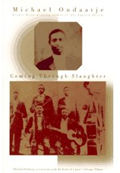
See Also
A novel based on the real life of early 20th Century New Orleans jazz-man Charles “Buddy” Boldon, Ondaatje says;
There have been some date changes, some characters brought together, and some facts have been expanded or polished to suit the truth of fiction.
Here is old New Orleans, the parades, the barber shop cooled with ice where Buddy works, endless practice on the Cornet, Buddy the loudest horn man in New Orleans, learning tunes by ear then immediately improvising off them, mixing blues and Gospel (will heaven or hell prevail?), pickpocket monkeys, whores, pimps, Buddy’s two women, fights, descent into madness, Buddy’s life in and history of a pre civil war asylum, lost history of jazz and jazzmen with a couple reels of bad film and a few recordings. This one in 150 pages. On the train ride to the asylum;
And all day, the river at our side, Mississippi, like a friend, traveling with him, like an audience watching Huck Finn going by train to hell.
Already Ondaatje is developing his uniquely poetic style of the novel. Only the more long winded Richard Powers comes close: see
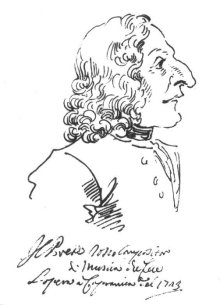
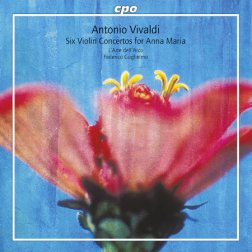
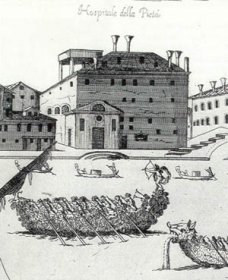
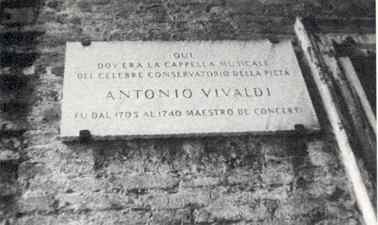
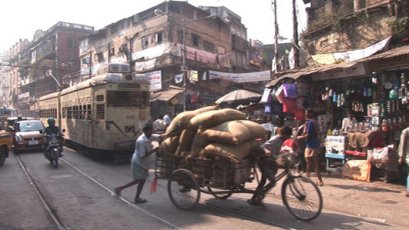

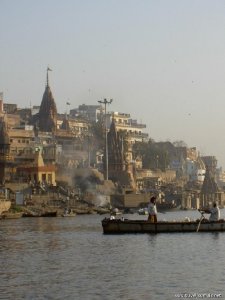
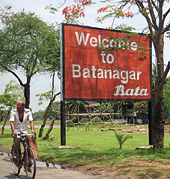
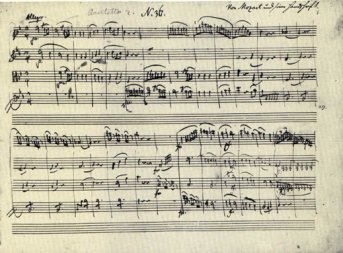
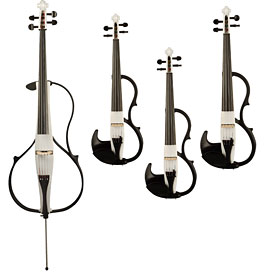






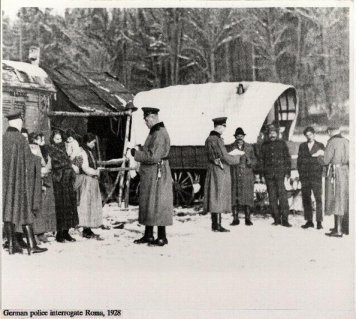

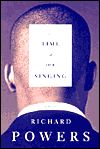 Richard Powers “The Time of Our Singing” is an exploration of music through the eyes of a multiracial family. A German Jewish refugee physicist meets a black Philadelphia doctor’s daughter at the Lincoln Memorial rally in 1939. This rally was made famous by the singing of Marian Anderson. The couple’s connection is music, he with his classical European background, and she with her gospel singing. They have three children and all inherit their parents love of music. This novel follows the lives of each. The language is rich, poetic, and jazzy. Powers is sometimes tough going but this is his most beautifully written work to date.
Richard Powers “The Time of Our Singing” is an exploration of music through the eyes of a multiracial family. A German Jewish refugee physicist meets a black Philadelphia doctor’s daughter at the Lincoln Memorial rally in 1939. This rally was made famous by the singing of Marian Anderson. The couple’s connection is music, he with his classical European background, and she with her gospel singing. They have three children and all inherit their parents love of music. This novel follows the lives of each. The language is rich, poetic, and jazzy. Powers is sometimes tough going but this is his most beautifully written work to date.